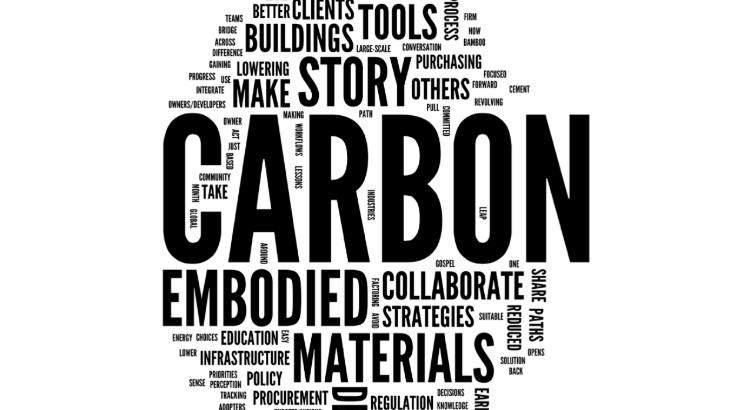Here’s an excellent report on last month’s Summit for a Carbon Free Future, which took place just before Living Future 2019 in Seattle.
I attended this workshop and published a quick recap. It focused on a consensus among building industry leaders on the carbon lifecycle issue need to communicate about it with clients, colleagues and product manufacturers.
This more extensive summary from the International Living Future Institute hits on five big takeaways:
AWARENESS GAPS: Participants acknowledged that many of their organizations understand green building and energy goals, but encounter challenges in building awareness on the value or process of decarbonizing buildings. Topics named as challenging were electrifying existing building and embodied carbon reduction in materials. Several organizations are already investing in internal awareness and education campaigns; attendees called for sharing these resources to empower other individuals to engage their executive teams or peers. Developers cited challenges in finding venues to educate and engage their industry peers; these must be sought out for broader public engagement. Manufacturers called on designers and builders to drive awareness by consistently requesting embodied carbon information during the procurement process.
BENCHMARKING ALIGNMENT: Leading design firms cited internal efforts to benchmark or assess carbon across existing and/or current projects. While this may inform each organization’s internal understanding of carbon in building operations and materials, it is unclear how these efforts can be aligned under a common protocol where data could be shared. Tools like EC3 are helping align embodied carbon data and evaluation processes. However, firms need greater guidance to align scopes, tools and processes to rigorously and consistently assess total carbon in a streamlined fashion.
MATERIAL HEALTH VS. EMBODIED CARBON: Design teams have a solid understanding of healthy materials criteria, such as meeting strict emissions limits or being Red List free. However, consideration of embodied carbon in materials adds a new layer of complexity to the material selection process, and has already presented conflicts. Designers need more guidance on what materials make the best trade-offs and manufacturers must push for greater transparency among their peers.
SCALING DOWN EMBODIED CARBON TOOLS: Many of the tools and resources referenced from embodied carbon leaders focus on materials utilized in larger-scale construction; e.g. concrete, steel, and mass timber. Several attendees noted that their work on small-scale residential or commercial/institutional projects use a different materials palette (e.g. natural materials), or teams lack the resources and research capability to perform detailed LCA studies. More accessible tools or guidance documents are needed for small-scale projects to adopt low embodied carbon design.
EXISTING BUILDINGS & MATERIAL REUSE: Strategies for reducing embodied carbon have largely focused on new construction, while a significant opportunity exists to dramatically reduce carbon through the reuse of old buildings or materials. Unfortunately, reflecting these savings in current LCA tools is often cumbersome. Teams struggle to quantify the tradeoff of reducing embodied carbon (from reuse) vs. reducing operational carbon (more efficient new buildings). More integrated carbon evaluation tools & processes would help tell this story or build a stronger case for incentivizing existing building reuse.
For the full summit summary, click here.
IMAGE AT TOP: Part of a word cloud generated from an exercise at the Carbon-Free Summit. As the ILFI report put it: “attendees were asked to write down the key barriers to zero carbon being addressed in their work or what brought them to the summit.” Click here to view the entire word cloud.


